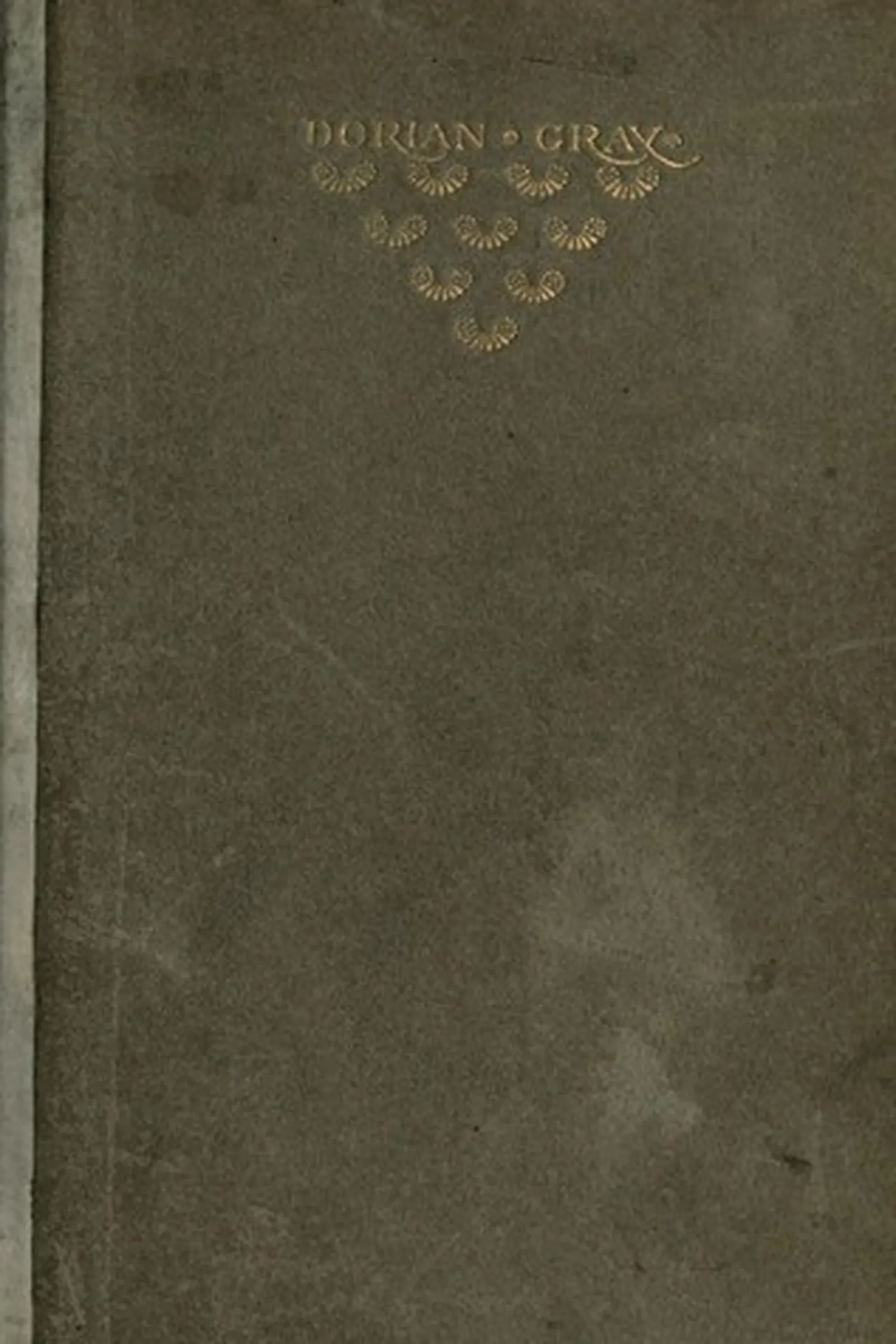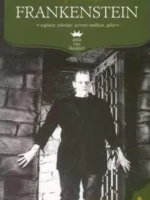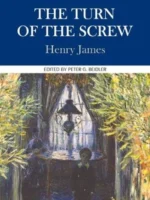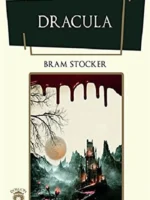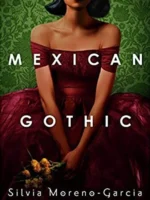The Picture of Dorian Gray, Oscar Wilde, 1890
- Author: Oscar Wilde
- Genre: Horror/Gothic
- Publisher: Penguin Classics
- Publication Year: 1890
- Pages: 254
- Format: Paperback
- Language: English
- ISBN: 978-0141439570
- Rating: 4,1 ★★★★☆
The Picture of Dorian Gray Review
About
First published in 1890, Oscar Wilde’s The Picture of Dorian Gray scandalized Victorian society with its blend of decadence, wit, and moral provocation. Beneath the elegance and aphorisms lies a dark fairy tale about vanity, influence, and the cost of perpetual youth. Wilde used the story as both confession and critique—a mirror for an age obsessed with appearances. Over a century later, it still feels sharp, urbane, and strangely contemporary in its fascination with beauty and self-destruction.
Overview
The novel opens in the studio of Basil Hallward, a painter captivated by his young muse, Dorian Gray. When Basil’s worldly friend Lord Henry Wotton arrives, his cynical philosophy—that pleasure is the only thing worth pursuing—plants a seed in Dorian’s mind. Seeing his completed portrait, Dorian wishes he could remain forever young while the painting bears the marks of age and sin. The wish, somehow, is granted. As Dorian indulges in every temptation London can offer, his outer perfection remains untouched, while his hidden portrait grows monstrous, recording every act of cruelty and corruption.
Summary
(light spoilers) After meeting Lord Henry, Dorian becomes fascinated by a worldview built on hedonism and indifference to consequence. He tests these ideas, first through charm, then through cruelty—most strikingly with Sibyl Vane, a young actress he claims to love until her art disappoints him. Her tragic fate marks the first change in the portrait’s face, and Dorian realizes that his soul, not his body, will bear his sins. Years pass; rumors follow him. His beauty never fades, but friendships wither, and Basil’s attempt to confront him ends in horror. Dorian hides the portrait, living behind masks of innocence while the painted version festers. When guilt finally drives him to destroy the evidence, the painting and its subject switch places again: the portrait becomes pure, and Dorian lies dead—withered, his beauty gone, his secret exposed.
Key Themes / Main Ideas
• Aestheticism and morality — can art exist without ethics?
• Influence and corruption — words as contagion, beauty as temptation.
• Duality — public face versus hidden self.
• Time, decay, and denial — youth preserved at the price of humanity.
• The mirror — art reflecting not life, but conscience.
Strengths and Weaknesses
• Strengths — Wilde’s prose glitters with precision and irony; nearly every page yields a quote worth remembering.
• Strengths — The central metaphor of the portrait is both simple and inexhaustible; it grows darker the more we read it.
• Weaknesses — Some middle chapters (the catalog of Dorian’s obsessions) read more as decadent essay than story.
• Weaknesses — Modern readers may find the moral framing abrupt, a concession to Victorian publishers rather than Wilde’s true intent.
Reviewed with focus on themes, audience, and takeaways — Oscar Wilde
| pa_author | Oscar Wilde |
|---|---|
| ISBN | 978-7-954-93029-1 |
| pa_year | 1966 |
| Pages | 134 |
| Language | English |

